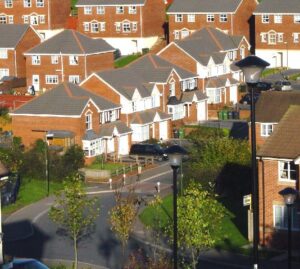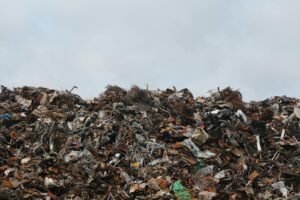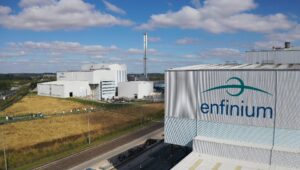How ‘green libraries’ can become hubs for environmental sustainability
The libraries of my youth were dull places. Gloomy rooms with books stacked on metal shelves branded with cryptic numbers plucked out of the Dewey Decimal system and overseen by stern librarians who cast death stares at anyone whose voice rose above a whisper.
Thankfully, the libraries of today are very different.
Hard copy is far less important than the connectivity provided to the vast archive of knowledge stored electronically around the world and those bespectacled guardians of silence have been transformed into innovators and teachers, in the true sense of the words, who understand the key role a library plays in the learning life of a community.
This may help explain why there is a growing movement to create libraries that not only provide access to information about best practice in environmental sustainability, but also ‘communicate a green identity’ through both design and operations. The idea has a particular appeal within the tertiary sector, where there is a growing commitment to establishing sustainable campuses and where academic libraries are often at the heart of the learning and research activities that drive the community.
Recently, the Chinese University of Hong Kong and the University of Science and Technology Hong Kong co-hosted an international conference called Sustainable Academic Libraries – Now and Beyond at which the speakers presented on a wide range of topics such as delivering library services more sustainably, improving the environmental efficiency of the buildings and even using the ‘greening’ of the library as a marketing tool. The conference also addressed the somewhat controversial topic of electronic access and how this might ultimately replace physical libraries in the future (though in the opinion of at least one of the organisers digital libraries may well be ‘less green than old world scriptoriums’ when the total environmental impact of operating the platform is considered.)
 Notwithstanding the divided opinions on the direction the future will take, at least for now, there is increasing interest in greening the physical space libraries occupy and this is evident in various projects happening throughout Asia. Examples include the Beitou Branch of the Taipei Public Library, pictured left, which has been so successful that it has generated a wider interest in green construction in Taiwan and Chinese University of Hong Kong (pictured top of page) which achieved HK BEAM Platinum Accreditation for its new library extension.
Notwithstanding the divided opinions on the direction the future will take, at least for now, there is increasing interest in greening the physical space libraries occupy and this is evident in various projects happening throughout Asia. Examples include the Beitou Branch of the Taipei Public Library, pictured left, which has been so successful that it has generated a wider interest in green construction in Taiwan and Chinese University of Hong Kong (pictured top of page) which achieved HK BEAM Platinum Accreditation for its new library extension.
However, perhaps one of the most impressive projects is the Shandong Jiaotong University Library, located in Jinan City, China. This internationally acclaimed building combines innovative design with low cost construction, to produce an exceptional example of environmentally sustainable infrastructure.
The library has been constructed on an abandoned quarry that had subsequently been used for landfill. After the site was reclaimed, construction commenced with approximately 80% of the building materials being sourced locally – with the consequent environmental savings in transportation.
The design uses a combination of shading, natural ventilation and vegetation (green spaces and green roof) to minimise heat island effect and establish breeze corridors that reduce the demand for mechanical cooling. The positioning of windows and sky lights effectively introduce natural light into internal spaces, while the energy efficiency of the air-conditioning system is significantly improved by pre-cooling/heating air in underground pipes. The large artificial pond, a feature of the library’s grounds design, is used instead of cooling towers and catchments have been built into the building to harvest rainwater, which is then filtered through the landscape and fed into the pond.
It won the ISCN International Award for Building Excellence in 2014, and is now offering both cost effective and environmentally sustainable services to its campus community.
Shandong and other green libraries in Asia (and elsewhere round the world) provide important examples of how buildings, regardless of their primary function can be designed and operated to achieve the best environmental outcomes. They are also teaching sustainability using what Oberlin College’s David Orr calls the ‘hidden curriculum’ – innovatively designed infrastructure that provides lessons for the future to wider community.
Photo by gonzo.pz 















